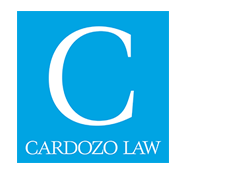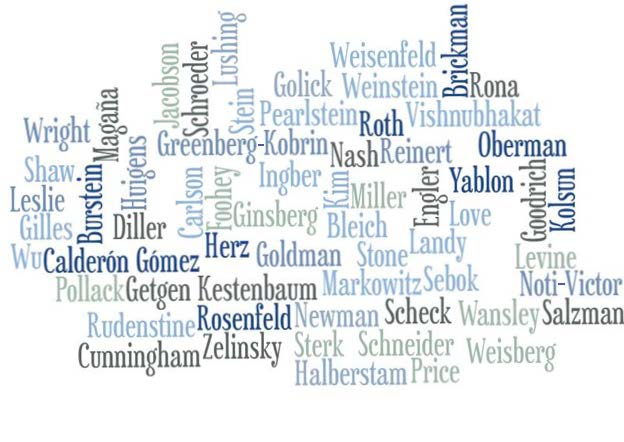Publication Date
2012
Journal
Constitutional Commentary
Abstract
In Part I of the Article, I examine early cases in which the Court described segregation as a form of resource "lock-up." In several cases leading up to Brown, the Court detailed how racial segregation allows a more dominant group to hoard substantial societal resources. In these early cases, the Court's focus was on segregation as a mechanism for excluding individuals from valuable benefits on the basis of race; it did not speak explicitly to the harms associated with racial classification schemes. In this Part of the Article, I also return to Brown v. Board of Education and explore the Court's discussion of segregation and its link to psychological harm and status diminution. As in several of the cases leading up to Brown, the Court does not speak explicitly to the evils of racial classification schemes. Brown still stands as a sharp critique of the evils of segregation.
In Part II, I explore how the Court has sometimes used de facto segregation as evidence of de jure discrimination in school districts that had been (but were no longer) segregated by law. In the South at least, the fact of segregation in the public schools triggered an affirmative duty to desegregate even when the public school districts were not necessarily responsible for that segregation. In this Part, I also trace Brown's journey North. I offer an interpretation of Milliken v. Bradley II, which emphasizes the Court's deep discomfort with segregation and links its dismay with the social stratification and racial stigma associated with segregation. This Part ends with a reading of the Court's later Brown implementation cases, which refused to adopt Justice Thomas' narrow view of the meaning of "segregation."
In Part III, I shift to the voting rights context and discuss how the Court in Shaw v. Reno viewed a districting scheme which explicitly segregated voters by race into separate electoral districts as a particularly virulent form of racial classification. In Shaw, the Court is concerned not just with racial classification schemes that infect the political process, but it is also concerned with how racial segregation undermines the political process. As I explain, Shaw's central claim is that segregation, not just racial classification schemes, harms the polity. The lesson of Parts I, II and III of this Article is that while the Court's understanding and concern about segregation is often contradictory and dismissive, it is also far more nuanced than commonly appreciated. Segregation can "move" the Court when it explicitly stands as a marker of exclusion.
Finally, in Part IV, I discuss Grutter v. Bollinger. In Grutter, the Court held that the government could use racial classifications to enhance racial diversity. Grutter embraced racial integration as a mode of facilitating racial inclusion. Grutter has links to previous cases in which the Court demonstrated a deep and abiding concern about the stigmatizing and racially exclusionary aspects of segregation. But in Parents Involved, the Court appeared to step back from Grutter's more enthusiastic endorsement of racial integration. Grutter's continuing viability will turn on whether the Court views affirmative action as playing a divisive, balkanizing and exclusionary role in American life or instead on whether the Court sees affirmative action as playing a broad inclusionary and desegregative role in American life.
Volume
28
First Page
1
Publisher
University of Minnesota Twin Cities
Keywords
segregation, race, racial classification, Brown v. Board of Education, Milliken v. Bradley, Shaw v. Reno, Grutter v. Bollinger
Disciplines
Law and Race | Legal History
Recommended Citation
Michelle Adams,
Racial Inclusion, Exclusion and Segregation in Constitutional Law,
28
Constitutional Commentary
1
(2012).
https://larc.cardozo.yu.edu/faculty-articles/436



